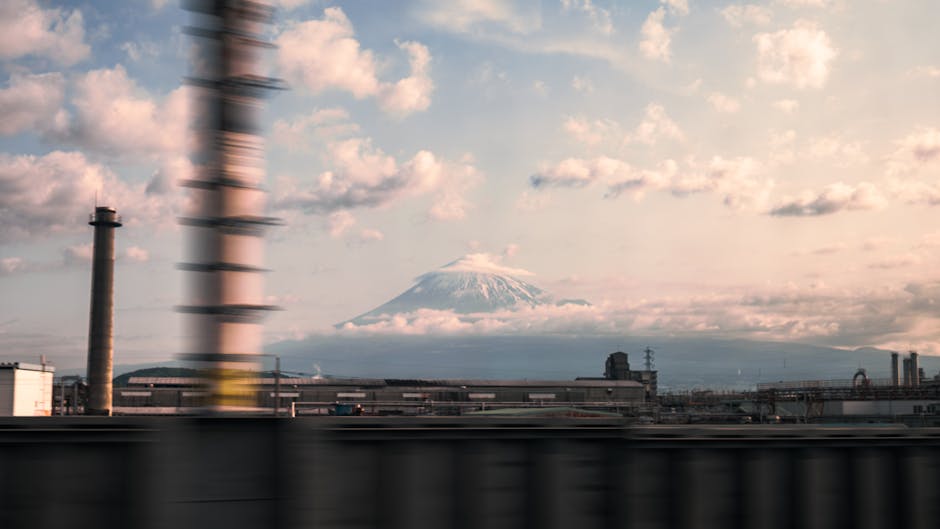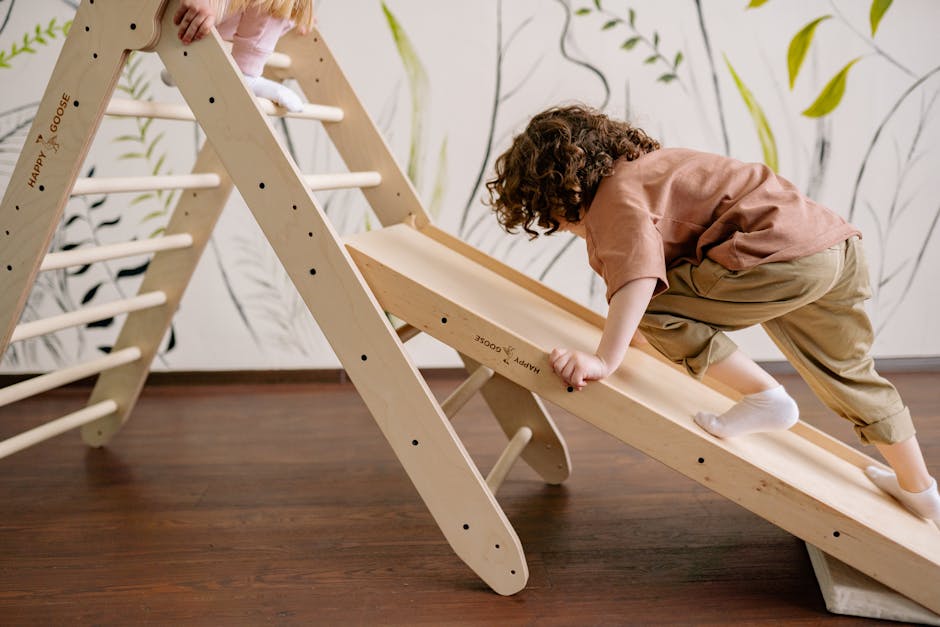Mount Fuji: Conquer the Iconic Peak, Unforgettable Views & Hidden Gems

Mount Fuji: Conquer the Iconic Peak, Unforgettable Views & Hidden Gems
Okay, friends, let's talk about something epic: Mount Fuji. Just the name conjures up images of iconic beauty, serene landscapes, and a touch of adventure, right? I've been lucky enough to experience the majesty of Fuji-san firsthand, not just from afar, but also by climbing it! And let me tell you, it's an experience that will stay with you forever. This isn't just a mountain; it's a symbol of Japan, a challenging climb, and a gateway to some seriously stunning scenery. So, grab a cup of tea, get comfy, and let me share my experiences, tips, and insights into conquering Mount Fuji and exploring the amazing areas surrounding it.
The Allure of Fuji-san: More Than Just a Mountain

Why is Mount Fuji so captivating? Well, it's more than just its perfectly symmetrical cone shape. It's woven into the very fabric of Japanese culture. It's a subject of countless artworks, poems, and legends. From Hokusai's iconic woodblock prints to modern-day photography, Fuji-san has consistently inspired artists and travelers alike. The mountain is considered sacred and has been a pilgrimage site for centuries. Climbing it is seen as a spiritual journey as much as a physical feat.
For me, the allure was a mix of all those things. I wanted to witness that iconic view from the summit, to challenge myself physically, and to connect with the cultural significance of this majestic mountain. Plus, let's be honest, the Instagram photos looked pretty amazing!
Planning Your Climb: A Step-by-Step Guide

Alright, so you're thinking about climbing Mount Fuji? Fantastic! But before you lace up your boots, a little planning is key. Trust me; you don't want to be caught unprepared halfway up a volcano! Here's a breakdown of the essential steps:
- Choose Your Climbing Season: The official climbing season is usually from early July to mid-September. This is when the mountain huts are open, and the trails are generally considered safe. Outside of these dates, the mountain is covered in snow and ice, and climbing is extremely dangerous and strongly discouraged. I climbed in late July, and the weather was pretty good – a mix of sunshine and clouds.
- Select a Trail: There are four main trails to the summit:
- Yoshida Trail: This is the most popular and easiest trail, with the most mountain huts and facilities. It's also the busiest, so expect crowds.
- Subashiri Trail: This trail starts at a lower elevation, so it's longer than the Yoshida Trail. It's less crowded, though.
- Gotemba Trail: This is the longest and most challenging trail, with fewer mountain huts. It's a good option if you want to avoid the crowds, but you'll need to be in good physical condition.
- Fujinomiya Trail: This is the shortest trail, but it's also the steepest and most rocky. It's a good option if you're short on time and in good shape.
I chose the Yoshida Trail for my first climb. It was crowded at times, but I appreciated the availability of mountain huts and the relatively gentle slope (at least compared to some of the others!).
- Book Your Mountain Hut (Optional but Recommended): Staying overnight in a mountain hut breaks up the climb and allows you to acclimatize to the altitude. Bookings are essential, especially during peak season. They fill up months in advance! Be prepared for basic accommodations – think futons in shared sleeping spaces. But hey, it's a roof over your head and a chance to rest.
- Gear Up: You'll need appropriate clothing, footwear, and equipment. Think layers – the weather on Mount Fuji can change quickly. Here's a checklist:
- Hiking Boots: Sturdy, waterproof boots are a must.
- Moisture-Wicking Base Layers: These will keep you dry and comfortable.
- Insulating Mid-Layers: Fleece or a down jacket.
- Waterproof Outer Layer: Jacket and pants to protect you from wind and rain.
- Hat and Gloves: Even in summer, it can get cold at the summit.
- Headlamp or Flashlight: Essential for climbing in the dark (sunrise hikes are popular).
- Sunscreen and Sunglasses: The sun is strong at high altitudes.
- Water Bottles or Hydration Pack: Stay hydrated!
- Snacks: Energy bars, nuts, dried fruit – anything to keep your energy levels up.
- Hiking Stick(s): Optional, but helpful for balance and stability.
- Cash: Mountain huts and restrooms often require payment in cash.
- Acclimatize: If you're not used to high altitudes, spend a day or two at a lower elevation before starting your climb. This will help your body adjust and reduce the risk of altitude sickness.
My Climbing Experience: Highs and Lows (Mostly Highs!)

Okay, so the planning is done, the gear is packed, and the excitement is building. My climb started at the 5th station of the Yoshida Trail. The initial part of the trail was surprisingly pleasant – a relatively gentle incline through a wooded area. The air was fresh, and the views were already starting to open up.
As I ascended, the terrain became rockier and the incline steeper. The Yoshida Trail is marked with numbered stations, and reaching each one felt like a mini-victory. I took regular breaks to catch my breath, drink water, and soak in the scenery. The views were getting more and more spectacular with every step. Looking down, I could see the landscape unfolding below me, a patchwork of forests, lakes, and towns.
Staying at a mountain hut was an experience in itself. It was crowded and basic, but it provided a much-needed respite from the climb. I managed to get a few hours of sleep before waking up in the early hours of the morning for the final push to the summit. Climbing in the dark, with just the light of my headlamp, was a surreal experience. The air was crisp, and the stars were incredibly bright.
Reaching the summit just as the sun began to rise was an unforgettable moment. The sky was ablaze with color, and the views were absolutely breathtaking. It was a truly magical feeling to stand on the highest point in Japan, watching the sunrise over the clouds. I spent some time exploring the crater, taking photos, and simply soaking it all in. It was a moment I'll never forget.
The descent was surprisingly challenging on the knees! The loose volcanic rock made it slippery, and I had to concentrate to avoid falling. But even the descent was enjoyable, with stunning views and a sense of accomplishment. I definitely felt the burn in my legs for a few days afterward, but it was totally worth it!
The Views From the Top: Worth Every Step

Let's be honest, the main reason most people climb Mount Fuji is for the views. And let me tell you, they do not disappoint. From the summit, you can see for miles in every direction. On a clear day, you can even see the Japanese Alps in the distance. But even on a cloudy day, the views are stunning. The feeling of being above the clouds is truly magical. Watching the sunrise from the summit is an experience that will stay with you forever. It's a moment of pure beauty and tranquility that makes all the hard work worthwhile.
Imagine: the world painted in hues of orange, pink, and purple as the sun crests the horizon. The clouds spread out below you like a fluffy white sea. It's a scene ripped straight from a dream.
Beyond the Climb: Exploring the Surrounding Areas

Mount Fuji isn't just a mountain; it's the centerpiece of a stunning region with plenty to explore. Don't just climb it and leave! Take some time to discover the surrounding areas. Here are a few of my favorite spots:
- The Fuji Five Lakes (Fujigoko): These five lakes (Kawaguchiko, Saiko, Yamanakako, Shojiko, and Motosuko) offer incredible views of Mount Fuji. You can go boating, fishing, hiking, or simply relax and enjoy the scenery. Kawaguchiko is the most developed lake, with plenty of hotels, restaurants, and attractions.
- Hakone: This mountain resort town is famous for its hot springs, stunning scenery, and views of Mount Fuji. You can take a cruise on Lake Ashi, ride the Hakone Ropeway, or visit the Hakone Open-Air Museum.
- Aokigahara Forest (The Suicide Forest): This dense forest at the base of Mount Fuji is known for its eerie atmosphere and reputation as a suicide spot. While it's a bit macabre, it's also a beautiful and unique place to hike. It's important to stay on marked trails and be respectful.
- Gotemba Premium Outlets: If you're looking for some retail therapy, Gotemba Premium Outlets offer a wide selection of designer brands at discounted prices. Plus, you can enjoy views of Mount Fuji while you shop.
- Oshino Hakkai: These eight ponds, fed by snowmelt from Mount Fuji, are known for their crystal-clear water and picturesque surroundings. It's a popular spot for photography and relaxation.
I spent a few days exploring the Fuji Five Lakes after my climb. Cruising on Lake Kawaguchiko with Mount Fuji as a backdrop was an unforgettable experience. I also enjoyed hiking around Hakone and soaking in the hot springs. It was the perfect way to relax and recover after the climb.
Tips for a Safe and Enjoyable Climb

Before you embark on your Mount Fuji adventure, here are a few final tips to ensure a safe and enjoyable climb:
- Check the Weather Forecast: The weather on Mount Fuji can change rapidly, so check the forecast before you go and be prepared for all conditions.
- Pace Yourself: Don't try to climb too fast. Take regular breaks to catch your breath and drink water.
- Stay Hydrated: Drink plenty of water throughout the climb. Altitude sickness can be exacerbated by dehydration.
- Protect Yourself from the Sun: Wear sunscreen, sunglasses, and a hat to protect yourself from the sun's harmful rays.
- Be Aware of Altitude Sickness: If you start to experience symptoms of altitude sickness, such as headache, nausea, or dizziness, descend immediately.
- Respect the Environment: Pack out everything you pack in and stay on marked trails.
- Learn Basic Japanese Phrases: While many people in tourist areas speak English, knowing a few basic Japanese phrases will be helpful and appreciated.
- Have Travel Insurance: Make sure your travel insurance covers hiking and potential medical emergencies.
And most importantly: enjoy the experience! Climbing Mount Fuji is a challenging but incredibly rewarding experience. Take the time to soak in the scenery, appreciate the beauty of nature, and connect with the cultural significance of this iconic mountain.
Final Thoughts: Make Your Own Fuji Story

Climbing Mount Fuji was one of the most incredible experiences of my life. It was challenging, rewarding, and utterly unforgettable. The views from the summit were breathtaking, and the sense of accomplishment was immense. I hope my experiences and tips have inspired you to embark on your own Fuji adventure. Whether you're a seasoned hiker or a first-time climber, Mount Fuji offers something for everyone. So, start planning your trip, pack your bags, and get ready to conquer the iconic peak and explore the stunning surrounding areas. You won't regret it!
Post a Comment